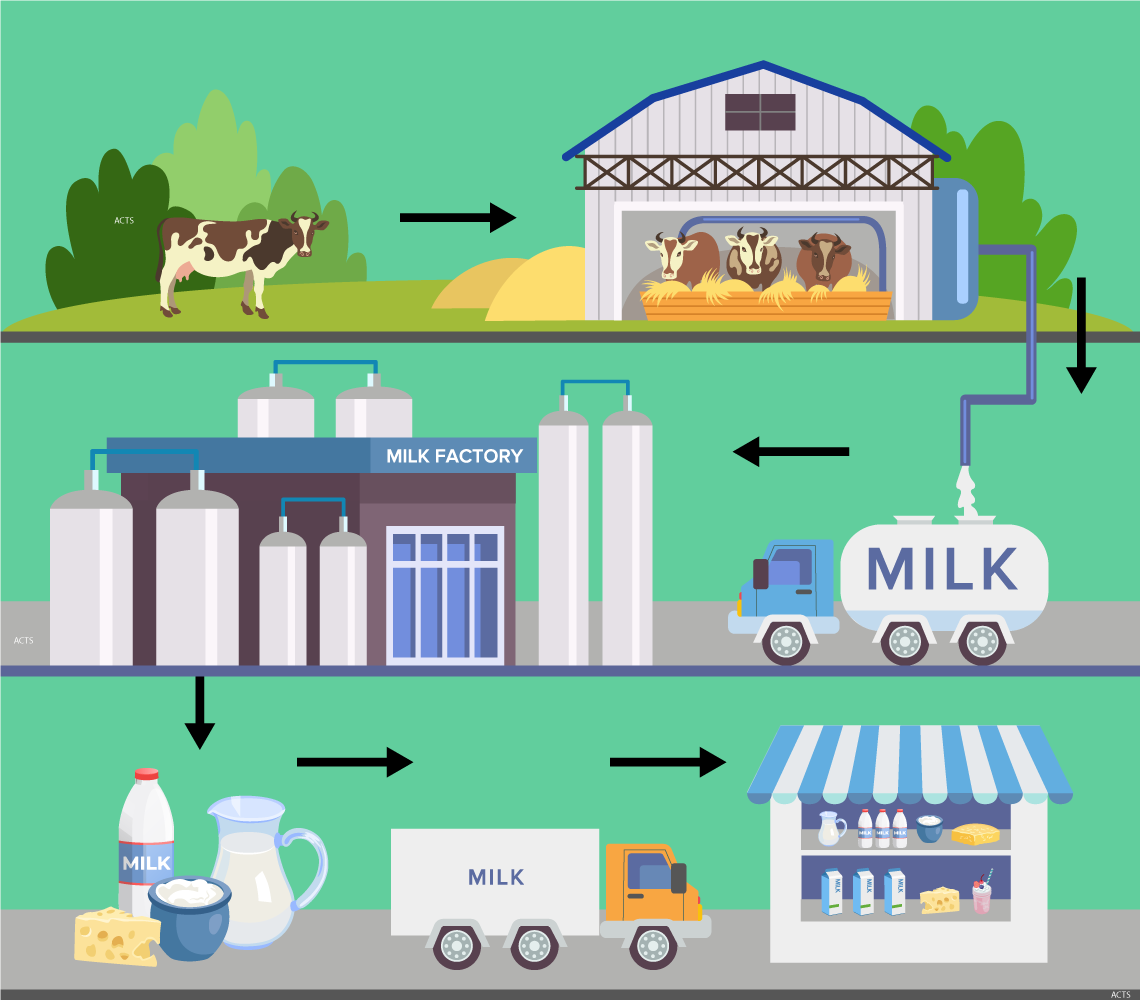
Circular Bioeconomy (CBE)
The idea of a circular bioeconomy (CBE) is gaining broad interest as global challenges become monumental: natural resource depletion, food production at the tipping point of planetary boundaries, waste accumulation and associated global warming effects all demand a shift from linear production-consumption models to circular models. CBE is based on biobased circular models that take advantage of organic waste and sidestreams as a bio-feedstock and convert this biomass into products for various uses such as food, feed, fibres, bioenergy and industrial raw materials, adding value in the process. It builds on the circular economy (CE) principles of the hierarchy of resource use, i.e., from prevention and reuse to recycling, recovery and disposal. Thus, CBE is central to sustainable food-processing in the future. Today, food-processing accounts for 39% of total materials lost in the food and agriculture sector in industrialised countries, while global demand for bio-feedstock is expected to grow by 3–4% a year.
CBE is particularly relevant and of growing interest to low-income countries (LIC) and lower middle-income countries (LMICs) because the increasing demand for bio-feedstock creates opportunities to diversify agricultural-based economies while also delivering on several SDGs [5–7]. Preventing waste and reusing biomass sidestreams have potential economic benefits that translate into viable business models and can improve resource-use efficiency through savings on land, water and feed resources, thereby reducing supply-chain impacts
A Circular Bioeconomy for the Kenyan Dairy Sector
The Kenyan dairy sector is a leading food industry, contributing about 4% of national GDP. Consumption of dairy products is projected to double by 2030 with increasing shares of processed products such as yoghurt and cheese. This imply increased side streams and waste volumes and related environmental risks but also opportunities for the valorisation of sidestreams such as whey into food or feed products. The circular bioeconomy (CBE) perspective is gaining interest as global environmental challenges become monumental, demanding a shift from linear production-consumption models to circularity.
Objectives
- Improved knowledge of the characteristics, significance and distribution of dairy sidestreams and of assessing dairy resource flows in a LMIC context .
- Understanding and application of the appropriate technologies, products and business models for valorizing biomass side-streams in the Kenyan dairy industry.
- Understanding the relationship between firms’ incentives and opportunities to innovate, unstable and emerging markets, and a regulatory set-up with an emerging focus on food processing, safety, and waste reduction.
- Refined methods for stakeholder scenario-building will be applied to CBE in LMIC.
- Increased public awareness of dairy CBE potentials and challenges in LMICs.
- Increased capacity to conduct transdisciplinary research on CBE in an LMIC context. A new cohort of young Kenyan researchers trained in the skills needed to advance a research and innovation agenda in the growing CBE field.
- Increased CBE capacity of the dairy industry by providing knowledge and stimulating networks for exploring access to technology, know how and business models for side-stream valorization. Raised capacity in policy formulation to support the necessary enabling environment for enhancing a bio-circular dairy industry.
